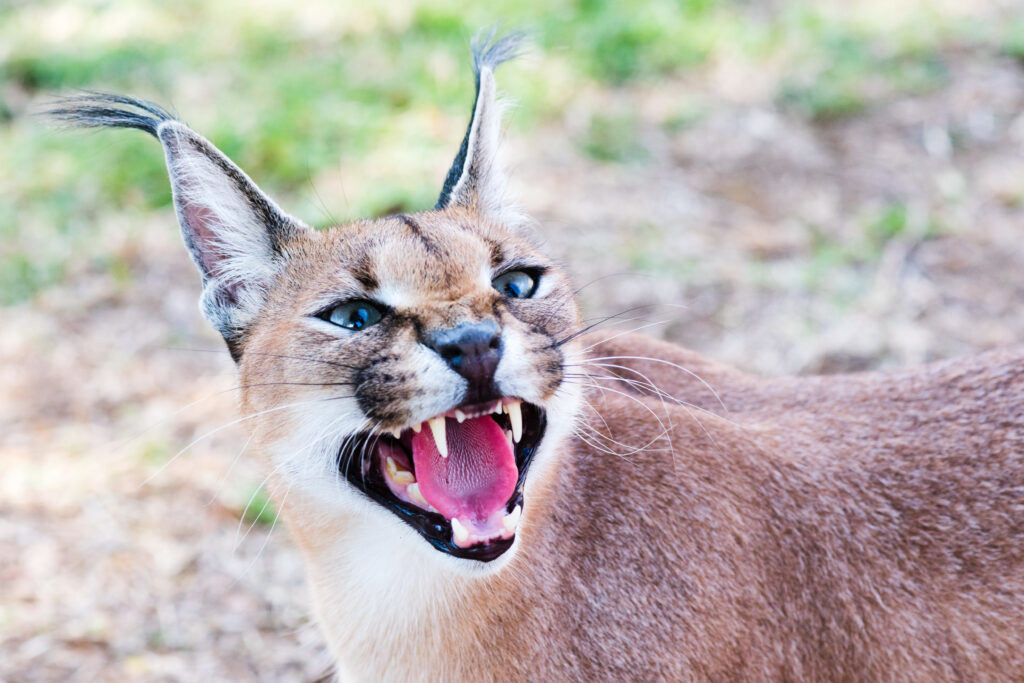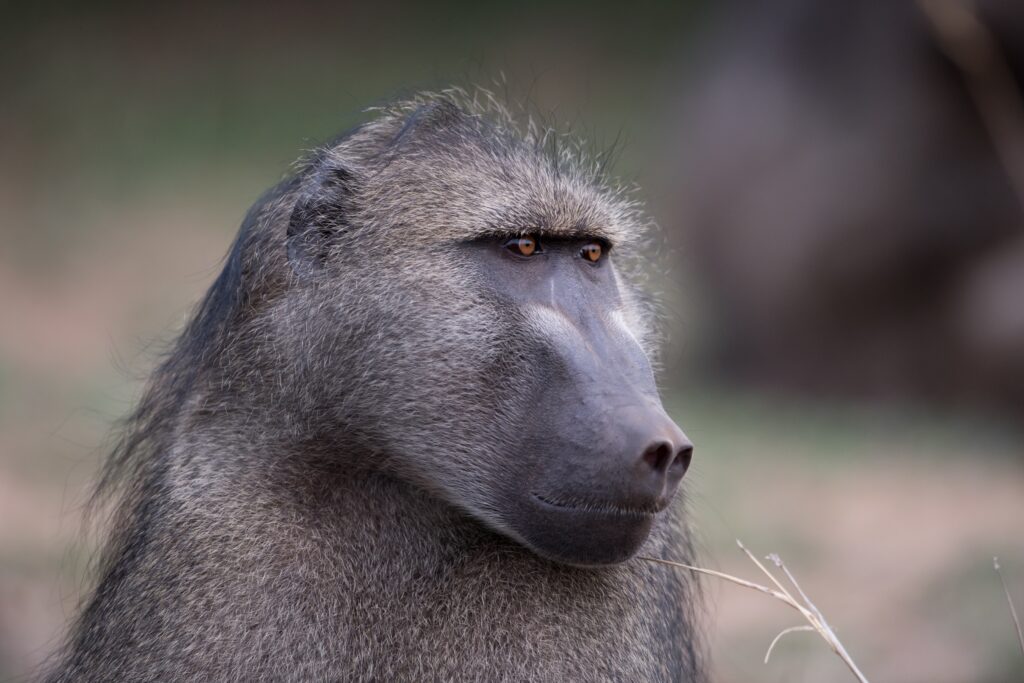Statistics

Economic Consequences of Predation:
The following is an extract of PMSA commentary that was submitted as consultation on the Draft White Paper on Conservation and Sustainable use of South Africa’s biodiversity on 9 September 2022.
The Economic Consequences of Predation:
- Predation has an irrefutable and very significant economic impact on landowners, who are the only parties that face the financial downside consequences of predation.
- Research that quantifies the extent of the financial burden to just domestic stock losses suggests a cost more than R3.2 billion per annum (Van Niekerk et al.)
- Predation erodes the financial feasibility of land-based enterprises focussed on production and there is no compensation or mechanism for compensation to recompense landowners that are affected (Van Niekerk et al., Kruger, 2019).
- Commercial and communal, small, and large stock farmers suffer losses as a result of predation (Kerley et al., 2019)
- The state also suffers indirect losses because of the lost value added, taxes, employment creation, etc that come about as a result of the losses due to predation.
- Protected areas including national parks contribute to predation losses for the state and farmers (Dikobe, 1997). See livestock losses campaign by Kruger National Park to compensate for losses in communities adjoining the park as a result of predation (https://www.sanparks.org/scientific-services/our-stories/its-not-about-the-cow-compensation-for-livestock-losses-adjacent-to-the-kruger-national-park)
- Aligned to research on the topic, any policy that addresses/affects predation management requires a holistic, scientifically justifiable base, with a balance of interests of all affected parties.
References:
Kerley, G. I., Behrens, K. G., Carruthers, J., Diemont, M., Du Plessis, J., Minnie, L., & Balfour, D., 2019. Building assessment practice and lessons from the scientific assessment on livestock predation in South Africa. South African journal of science, 115(5-6), 1-4.
Kerley, G.I., Wilson, S.L., Balfour, D, 2018 Livestock Predation and its Management in South Africa: A Scientific Assessment.
Kruger, Q. 2019. Developing a management information system for coordinated predation management in South Africa. University of the Free State.
Van Niekerk, H., Bahta, Y. T. & De Waal, H. A review and estimation of the financial implications of livestock predation in South Africa.
in wildlife ranching industry
Predation Management South Africa (PMSA) compiled a summary of the study completed in 2016 on the economic impact of predation in the wildlife ranching industry. The study covered the wildlife industry across South Africa, providing summaries for the economic implications of predation in each of the nine provinces. The following summary provides a broad overview of the study:
SUMMARY OF SCHEPERS (2016): THE ECONOMIC IMPACT OF PREDATION IN THE WILDLIFE RANCHING INDUSTRY IN LIMPOPO, SOUTH AFRICA
As compiled by Q Kruger
This study surveyed a random sample of wildlife ranchers who are members of WRSA (which comprises about 20% of privately owned wildlife properties in South Africa). The study covered all the provinces of South Africa, but focussed on the economic impact of predation on marketable wildlife in the Limpopo province because it comprises the largest body of Wildlife Ranching South Africa (WRSA) members and is home to a wide range of wildlife.
Because point of sale values did not exist for the wildlife industry due to varying prices in the different wildlife sectors (e.g. prices of breeding animals are higher than for animals intended for biltong hunting), calculating the direct cost of predation may lead to over- or underestimations. Therefore, the direct cost of predation was calculated per hectare.
The study provides baseline information which can be used by wildlife ranchers to calculate the total cost due to predation on their properties, using the following equation:
Total cost = (Size of the ranch [ha] x wildlife losses x the average price of the animals) + indirect cost per ha x size of the ranch [ha])
For example: a wildlife rancher who keeps nyalas on 5 000 ha can calculate his/her estimated total cost to be ZAR 593 765/year. A wildlife rancher who keeps blesbok on 12 000 ha can incur a total cost of ZAR 668 103/year and a wildlife rancher who keeps black impala and Livingston eland on 6 000 ha can calculate his/her total cost to be ZAR 11 957 637/year.
The table below was compiled from data contained in the thesis for each of the provinces in South Africa. Gauteng is not listed in the table, because the ranches of the wildlife ranchers from Gauteng were in Limpopo.
Table 1 Summary of the wildlife losses reported in each of the Provinces.
Province | Ranchers surveyed | Hectares covered | Total predation losses | Total losses per rancher | Total losses per hectare |
Limpopo | 201 | 432 647 | 13 127 | 147 | 0.072 |
Northwest | 61 | 140 922 | 2 398 | 123 | 0.052 |
Free State | 64 | 109 345 | 2 599 | 174 | 0.076 |
Eastern Cape | 11 | 38 350 | 1 097 | 109 | 0.072 |
KZN | 3 | 3 691 | 564 | 292 | 0.154 |
Mpumalanga | 4 | 4700 | 292 | 173 | 0.165 |
Northern Cape | 8 | 112 600 | 791 | 163 | 0.013 |
Western Cape | 2 | 3 856 | 20 | 20 | 0.007 |
Factors affecting the level of predation differed among the three wildlife groups (large, small, and scarce species or colour variants) in Limpopo. For instance, the level of predation on small antelope species was lower when non-lethal control such as cameras, lights and/or radios were used. In the large antelope group, predation was higher when black-backed jackals were hunted by specialist hunters. In the scarce species/colour variant antelope group, predation was higher when game ranch owners hunted caracals, but lower when owners managed predation (for example, by lights/radios and cameras)
Wildlife ranchers in Limpopo reported that wildlife losses were caused mostly by leopard, with caracal being the predator causing second most damage. Third most damage was reportedly caused by black-backed jackal (killing mainly large and small antelope species) and cheetah (killing mainly scarce species/colour variant wildlife species).
The study found that game ranchers who physically counted the antelope on their game ranchers reported higher predation than those who estimated losses, because the exact number of losses are known. It is also suggested that physical counting places stress on the animals, which may make them more susceptible to predation.
The study concluded that predation losses will always occur on game ranches, but can be reduced using, preferably non-lethal methods, but also with judiciously use of lethal control. The specific species on the wildlife ranch will determine which management and control methods should be used. It was suggested that predation on wildlife ranches can be reduced when wildlife ranchers act themselves, as well as working together and with livestock producer organisations and organised agriculture.
Click here for the full text copy of this thesis:
Visit the Predation Management Centre website https://www.ufs.ac.za/pmc or contact via e-mail: PredationMC@ufs.ac.zaP
Impact of predation on a sheep enterprise in the free state region
Study by Andries Strauss – University of Free State. Read here.


